Why Laravel Framework is the Best Choice for PHP Web Development Projects
Deciding on your framework is one of the most crucial choices you’ll need to do for your digital product. It determines everything from your code logic to integrations and infrastructure. Learn why Laravel is the best choice for your software if you chose PHP as your programming language.
PHP is the most popular programming language for website development in the world — according to W3Tech, 78.9% of all websites with known tech stacks use PHP as their server language. This means, that PHP is used in 8 of 10 websites you open daily.
We at Mobindustry also use PHP for our web projects, so it’s very far from being “dead” as some developers might say. It’s still very much used, and moreover, its frameworks are in constant work as well.
PHP is still one of the most widely-used web development languages, and it’s still extremely popular due to its time-proven ready solutions and a wide range of possibilities
Laravel is universally beloved by PHP developers: today it has 71k stars on GitHub, and in this article, we’ll explore the reasons for this love and the aspects of modern web development with the PHP framework Laravel.
What is the Laravel framework?
There are many PHP frameworks for web development, but two of them gained the most popularity over the years: Laravel and Symfony. Symfony appeared in 2005, and Laravel was made 6 years later, in 2011.
Today, Laravel is one of the best frameworks for web development. It has surpassed the number of developers and followers of the older Symfony that used to be the leader: this can be easily demonstrated by the number of GitHub followers, forks, and contributors.
Laravel is the favorite PHP framework among Mobindustry web developers, but we always make sure it truly suits the business and technical goals of a certain project before we choose it
This younger version of a PHP framework has quickly received attention from the community as it offered simpler, elegant syntax and lots of possibilities. Laravel is server-side-only, so you can use it to develop a beautiful, high-performance infrastructure for your web application, benefiting from its increased security and scalability.
Let’s talk about what exactly makes Laravel so great for both developers and business owners who want to power their business with a web solution.
Top Laravel framework features that make it popular
Blade template engine
Developers love reusing components, PHP Laravel web development is all about acceleration and efficiency. Laravel offers one of the best template engines out there. Template engines help developers create components and arrange them into layouts where each part can be reused elsewhere.
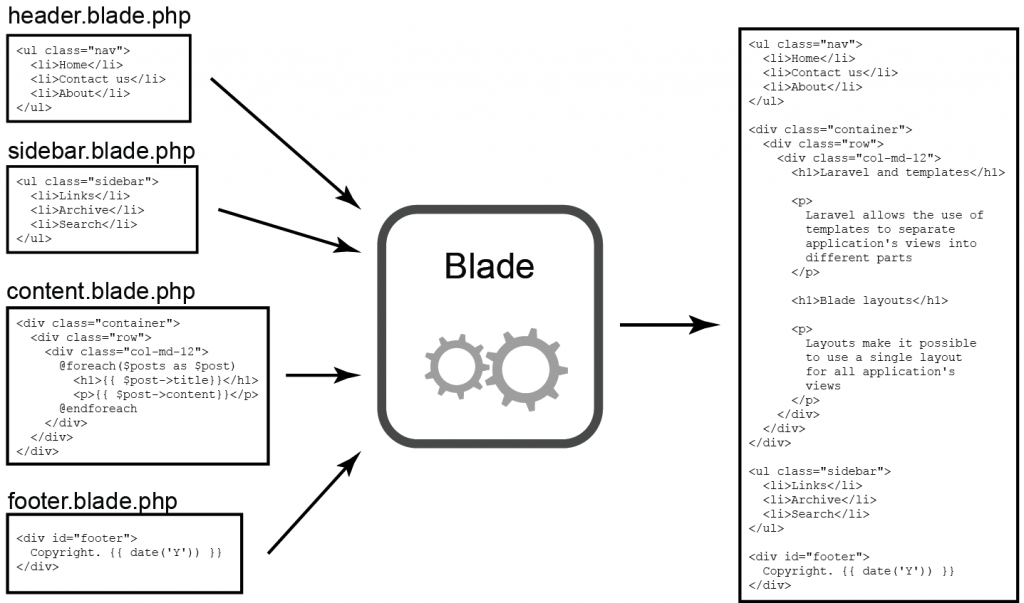
Blade PHP engine provides outstanding flexibility with its dynamic content seeding functionality and translates the code from the templates to a text file.
Amazing and large community
I’ve already shown how large the community of Laravel is — the framework is in constant development, and community members submit their own solutions to this open-source project.
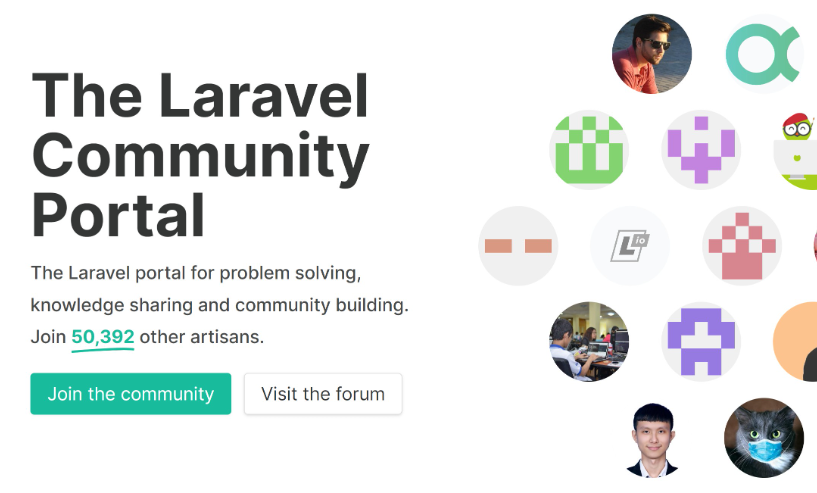
What does a large community mean for you as a software developer or a software owner? This means that new easier, more flexible solutions are constantly being added. Blogs, forums, and videos on YouTube — there are thousands of resources that help your team solve issues efficiently. This makes your development process faster and more cost-effective.
Object-oriented libraries
Laravel has countless built-in libraries that make your development process easier. These libraries are used for repetitive tasks that are required in most modern software, such as active user monitoring, code encryption, password resetting, authentication, responsiveness, and so on.
Outstanding ORM
An ORM or an Object Relational Mapping is a library that allows developers to manipulate the data without using object-oriented programming with languages like SQL. This means that you can make queries to the database in your own language, in this case, PHP.
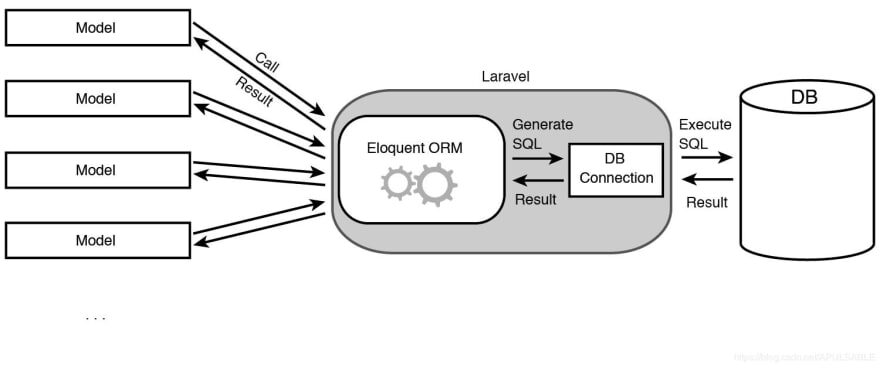
MVC architecture
Laravel is based on Model-View-Controller architecture that separates the layers of the software responsible for the user interface (presentation layer) and business logic (model layer).
This architecture makes it easy to develop web apps with the Laravel PHP framework. MVC is very flexible and scalable, as you don’t need to worry about messing up the business logic when you make changes to the interface, and visa-versa.
Easy testing
Developers don’t need to invent the wheel and think about what tools to use for testing — Laravel has built-in quality assurance support. With it, developers can set up automated tests that emulate user behavior and allow checking repetitive operations like making requests to a database, clicking forms, and so on.
Unit testing allows developers to check each aspect of their web product by separating components and modules, and watching how they perform. Thus, you get zero-bug web software with minimal effort.
Improved security
Just like with testing, Laravel offers built-in security tools that allow developers to manage passwords, encrypt data, authenticate users and protect routes. Laravel uses encryption and tokenization to authorize access to a web application.
Laravel’s developers really put effort into protecting their framework users from SQL injection attacks with features like SQL statements, hashed password mechanisms, and other tools.
Automated packaging
In order to deploy and launch an application, developers need to pack it first. Laravel provides great package management tools to not only pack the software but also deploy it to multiple platforms automatically.
To install an application, developers can use an Automatic Package Discovery feature — it allows choosing exactly what features a package should include, and which should be disabled.
Artisan commands
Artisan is an interface for commands, that’s unique to Laravel. Its goal is to automate repetitive tasks and thus free developers to solve more complex problems. Apart from automated data configuration management, and MVC file generation, Artisan helps to publish package assets and manage database migrations.
This tool is highly customizable — developers can create their own commands and adjust the interface to their needs.
Great task scheduling and management
This is another way Laravel makes developers’ lives easier with automation. While previously developers needed to handle repetitive tasks manually, now they can schedule them right in Laravel and get their emails and notifications sent right on time.
Laravel’s advantages and disadvantages
I presented Laravel’s advantages in detail above. Improved security, task management, lots of automation features, built-in testing tools, and simplicity of this framework is what make developers fall in love with Laravel. But are there any cons?
Surely, there’s nothing perfect in this world, so let’s talk a bit about what you need to be aware of when choosing web application development with the Laravel PHP framework.
- Blade template engine
- Large community
- Object-oriented libraries
- Outstanding ORM
- MVC architecture
- Easy testing
- Improved security
- Automated packaging
- Artisan commands
- Great task management
- Insufficient in-built support
- Overcomplicated documentation
- Update issues
- Lack of top-notch experts
Insufficient in-built support
Laravel is a comparatively small framework that doesn’t have lots of built-in support. It sacrificed this in order to be simpler and more lightweight. However, this is compensated with third-party tools and libraries.
Overcomplicated documentation
Although documentation in Laravel is more than comprehensive, it sometimes can be a bit overwhelming, especially for young developers. Some aspects of this framework could be explained in simpler terms, but this issue can be resolved by a large and helpful community.
Update issues
Sometimes when Laravel-based applications are updated, it causes minor problems in the code. Developers should pay extra attention to how the software functions after the updates.
Lack of top-notch experts
Laravel is easy to understand and hop onto, but not so easy to really learn and master. It’s popular, so many developers started using it, but it’s not really the easiest framework to use, especially for novice developers. This means that it may be a challenge for you to hire a web developer that knows all the potential issues that can come up with this framework.
Mobindustry projects developed with Laravel
To give you an idea of what Laravel can do, here are some latest projects we used this framework for.
Sanbuk
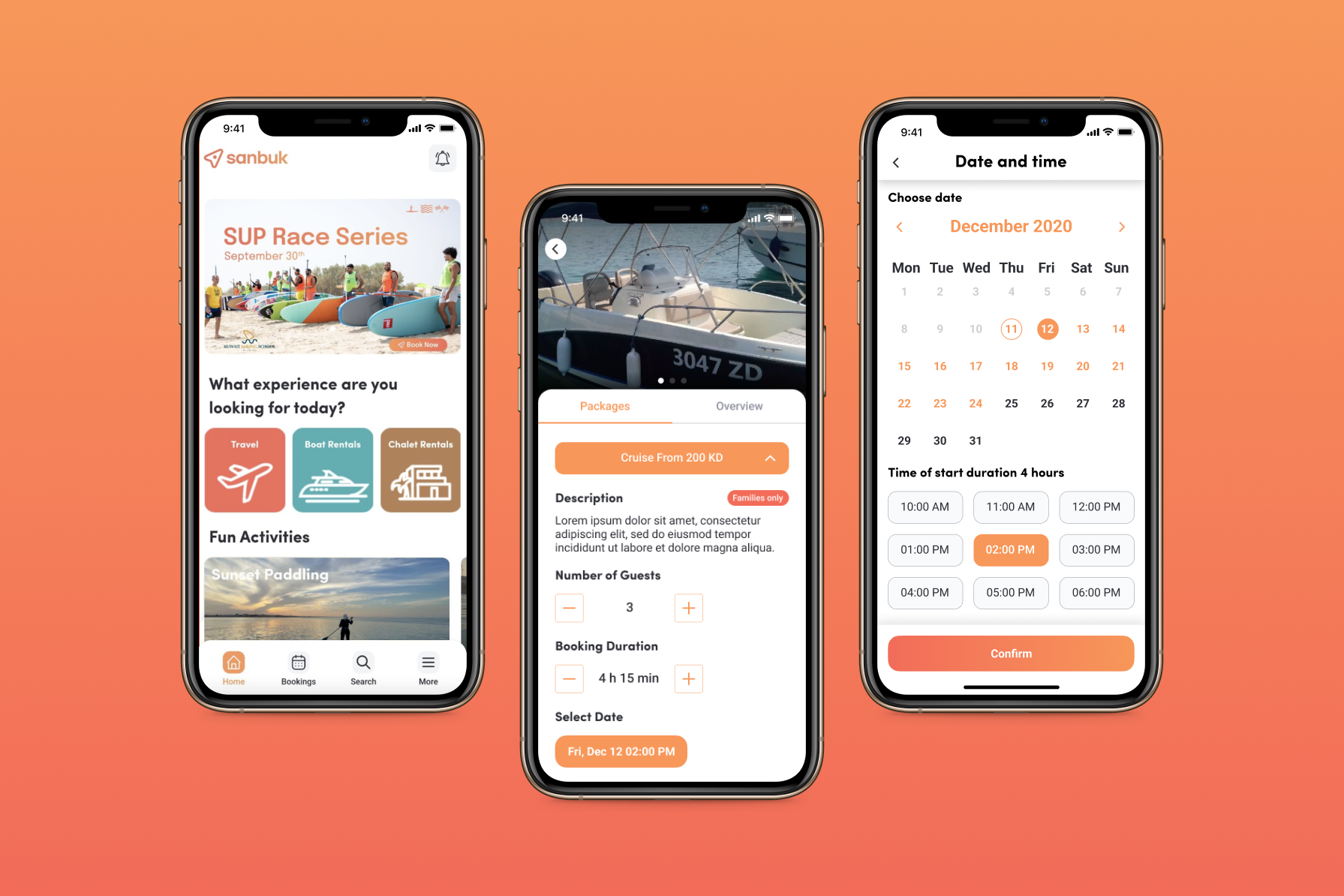
Sanbuk is a large marketplace platform for purchasing experiences and vacations: here, businesses offer everything from cooking courses to yacht rentals. We used Laravel for the backend development of this application and added Laravel Nova — a beautiful, fully customizable administration panel for Laravel, that allows the app owner and administrators to see and manage users, orders, payments, etc.
Digital content monitoring system
This project is a content monitoring system that analyzes content on the web and creates personalized news feeds based on user preferences. This was an already existing project that needed improvements, and we used PHP and Laravel to add new features and modules to this platform.
ContractsRX
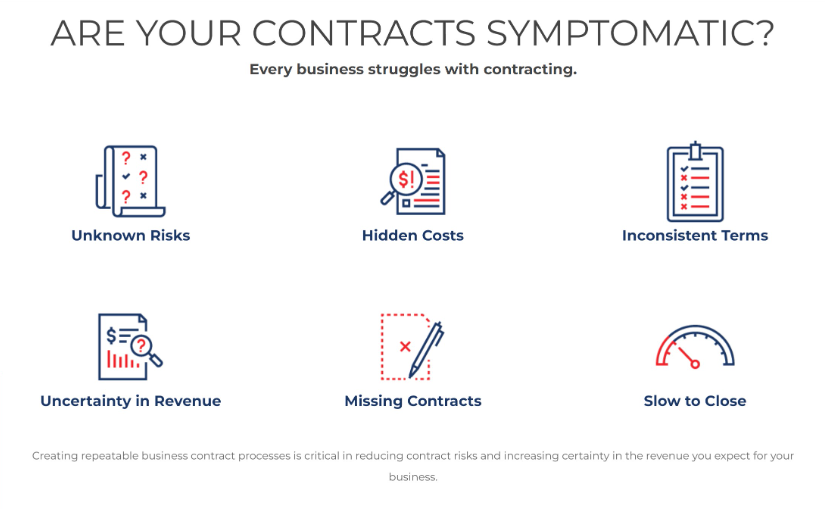
ContractsRX is a SaaS platform for contract management, risk assessment, deal health scoring, and more. It’s a large and complex platform that comprises several separate products. We used PHP and Laravel to develop this web platform and added various modules for contract templates.
Should I choose Laravel for my project?
Laravel is surely one of the best frameworks for PHP, but is it the best for you? The answer depends completely on your needs and plans. Laravel is a lightweight framework that provides fast, convenient, and efficient programming. It’s easy to scale and support and is suitable for most projects.
Laravel is a great choice for almost all kinds of projects except for really large and complex ones: there, you’ll benefit more using Symfony
However, it’s not omnipotent. Because of its simplicity, it may not be really suitable for large projects. With that said, Laravel is being improved constantly, and it’s also built with scalability in mind. Each year, it opens more and more possibilities for developers who use it for the web and as a part of mobile app development.
If you’d like to find out whether Laravel suits your project, or if it’s best to choose another PHP framework, please contact us. Our PHP developers have over 5 years of experience in using various PHP frameworks, and they’ll make sure to choose the perfect tech stack for your particular business and technical needs.

